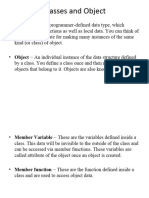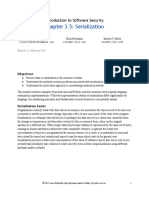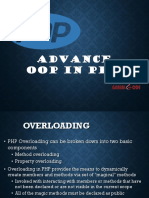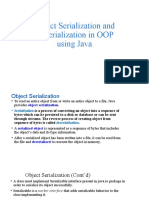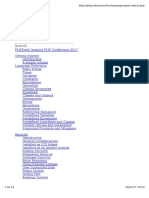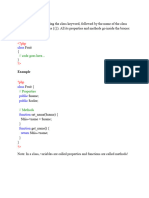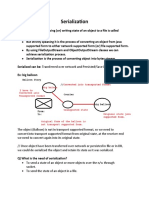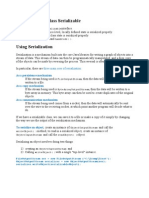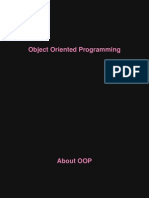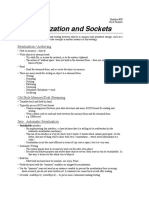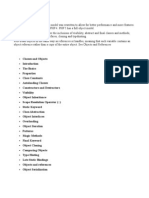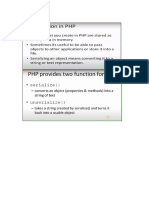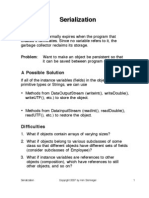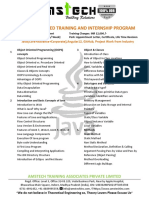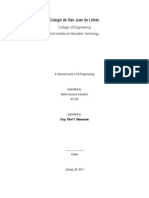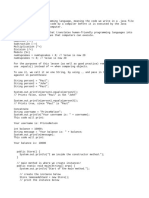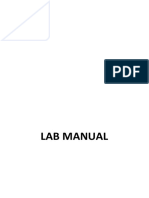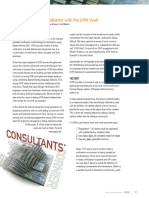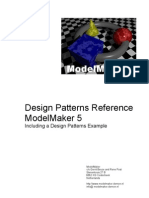0% found this document useful (0 votes)
113 views5 pagesSerialize: PHP's Serialization Format
Serialize generates a storable representation of a value by converting it into a string that can be stored and used to recreate the value later. PHP uses different serialization formats for different data types, including numeric strings for simple types, curly braces for arrays, and custom handling for objects using either the object's properties or by implementing the Serializable interface. Classes that implement Serializable no longer use __sleep() and __wakeup() and instead define serialize() and unserialize() methods to handle custom serialization.
Uploaded by
Disha ThoratCopyright
© © All Rights Reserved
We take content rights seriously. If you suspect this is your content, claim it here.
Available Formats
Download as DOCX, PDF, TXT or read online on Scribd
0% found this document useful (0 votes)
113 views5 pagesSerialize: PHP's Serialization Format
Serialize generates a storable representation of a value by converting it into a string that can be stored and used to recreate the value later. PHP uses different serialization formats for different data types, including numeric strings for simple types, curly braces for arrays, and custom handling for objects using either the object's properties or by implementing the Serializable interface. Classes that implement Serializable no longer use __sleep() and __wakeup() and instead define serialize() and unserialize() methods to handle custom serialization.
Uploaded by
Disha ThoratCopyright
© © All Rights Reserved
We take content rights seriously. If you suspect this is your content, claim it here.
Available Formats
Download as DOCX, PDF, TXT or read online on Scribd
/ 5
